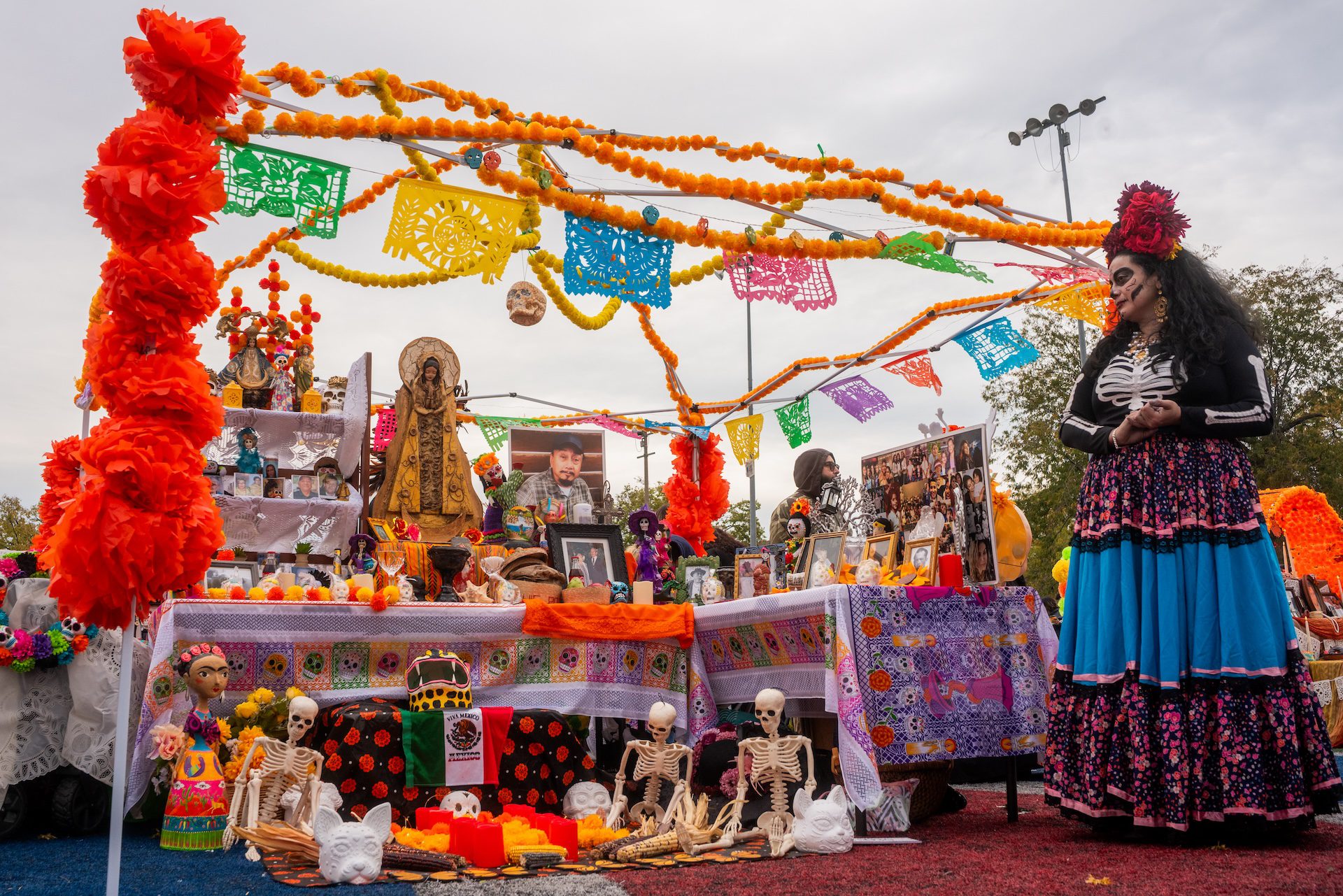 Camilla Forte/Borderless Magazine/Catchlight Local/Report for America
Camilla Forte/Borderless Magazine/Catchlight Local/Report for AmericaAt Día de los Muertos Xicágo, Chicagoans celebrate departed loved ones surrounded by community.
With Cempasúchil — Aztec marigolds — and photographs in hand, families methodically set up their ofrendas in Harrison Park, dotting the field with ornate displays honoring departed loved ones.
For over a decade, the park adjoining the National Museum of Mexican Art (NMMA) has transformed for Day of the Dead celebrations featuring music, arts programming and spots reserved for community altars.
“It’s something [people] look forward to every year. It has really become an actual tradition for a lot of people and their families,” said Mario Hernández, associate director of museum education at NMMA.
News that puts power under the spotlight and communities at the center.
Sign up for our free newsletter and get updates twice a week.
The holiday, which originated in Mexico, is celebrated in different ways across the country’s regions, which all have their own aesthetic signatures.
This year organizers wrestled with the logistics of hosting the event with rising concerns over public gatherings amid an aggressive immigration crackdown.
Over the last month, immigration agents have continued widespread raids across Chicago and its surrounding suburbs as part of the Department of Homeland Security’s (DHS) “Operation Midway Blitz.” Schools, local businesses and residential areas have been targeted by federal agents, leaving residents on edge.
Hernández said organizers decided it was important to find a way to preserve “the sense of community” that is key to the tradition.
After the museum opened its application for public ofrendas, hundreds of submissions rolled in.
“It’s a tradition I hope never dies,” said Francisco Lopez, who participated in the event with his family.
To ensure the event was celebrated safely, the NMMA also collaborated with local rapid response teams to patrol the area during the event.
“We do this to honor those that came before and if we have kids, hopefully they’ll do the same for us,” Lopez said.
Borderless Magazine spoke with four participants about their altars, and the stories behind them.
Bianca Herrera: Keeping her father’s legacy alive
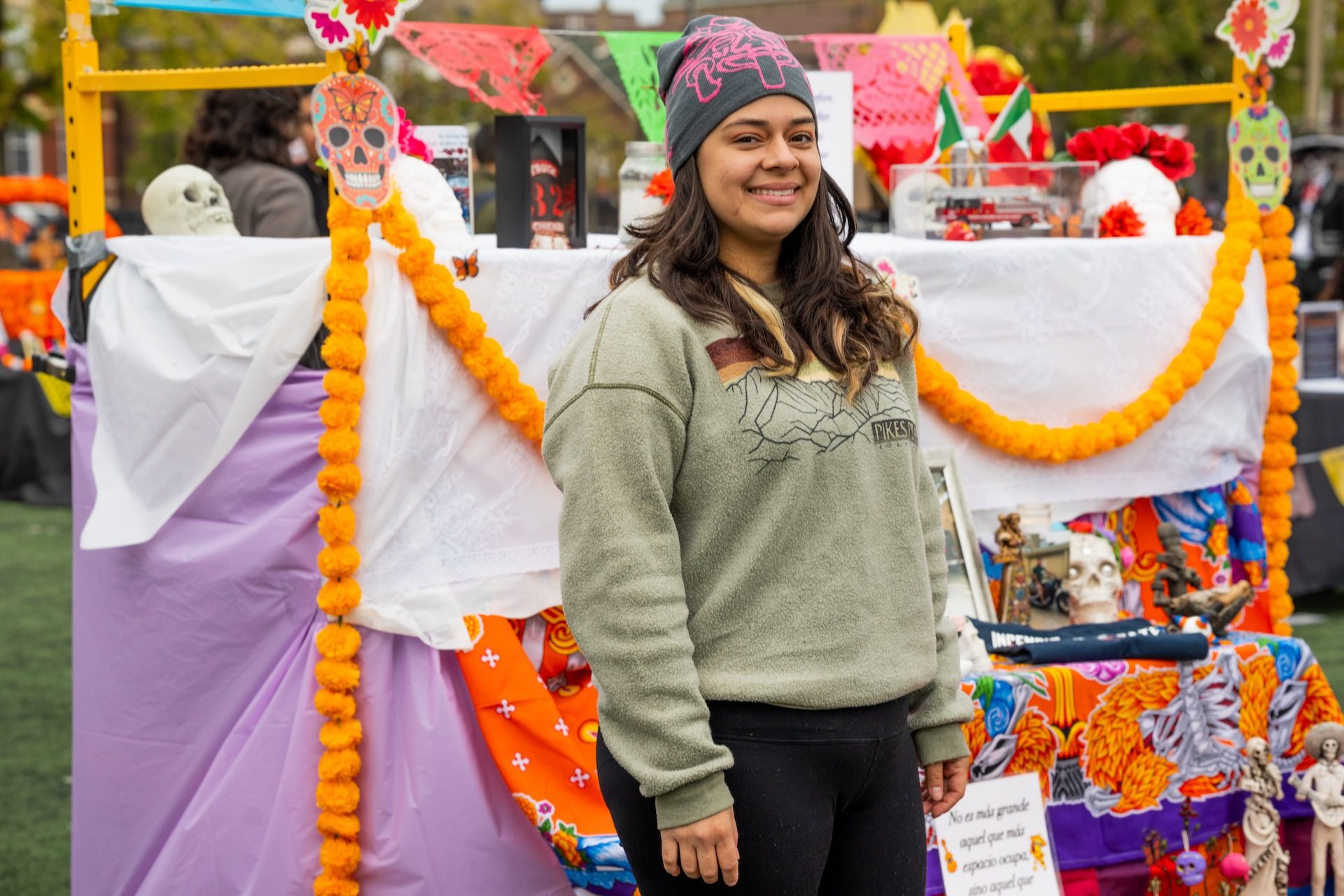
“He was always there for people. He always tried to make it known that he was always available. It was his nature, being a firefighter, a dedicated husband and devoted father.”
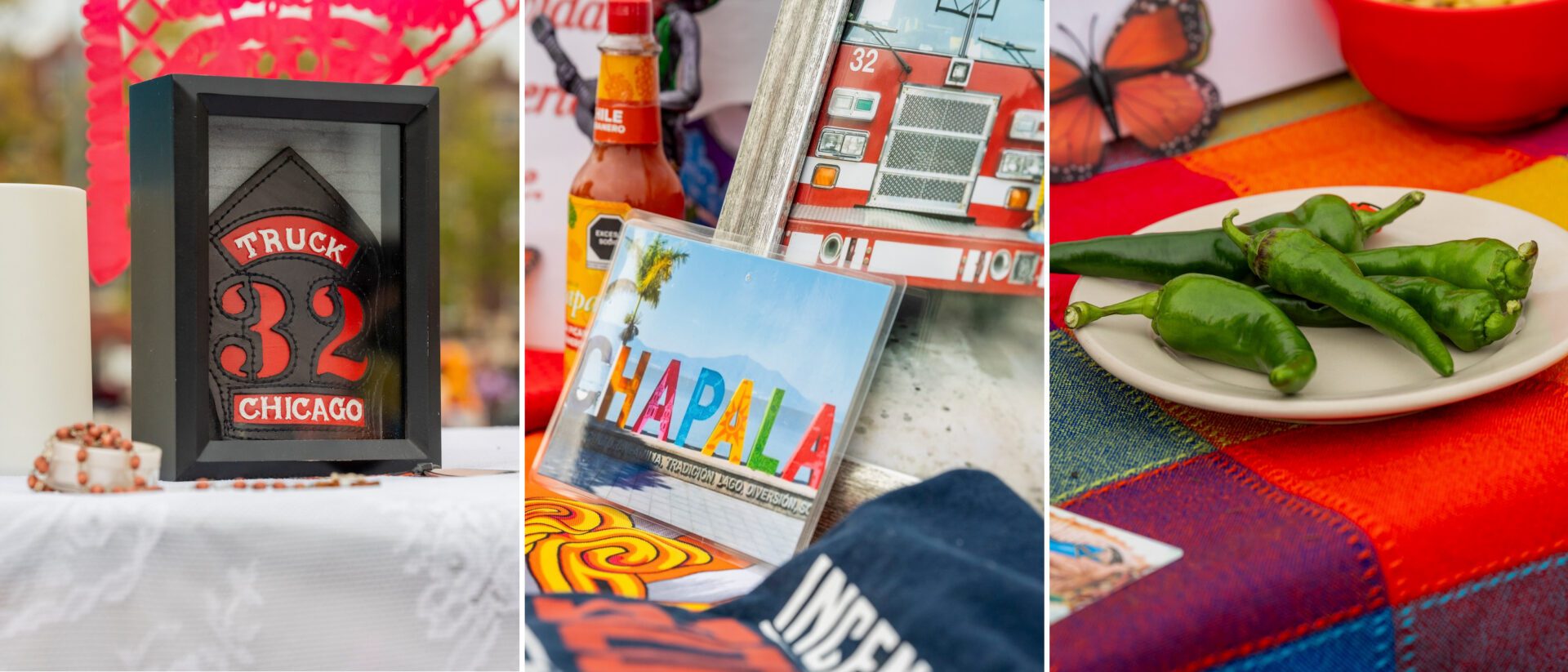
Jesús Rojano: Remembering a son lost to gun violence
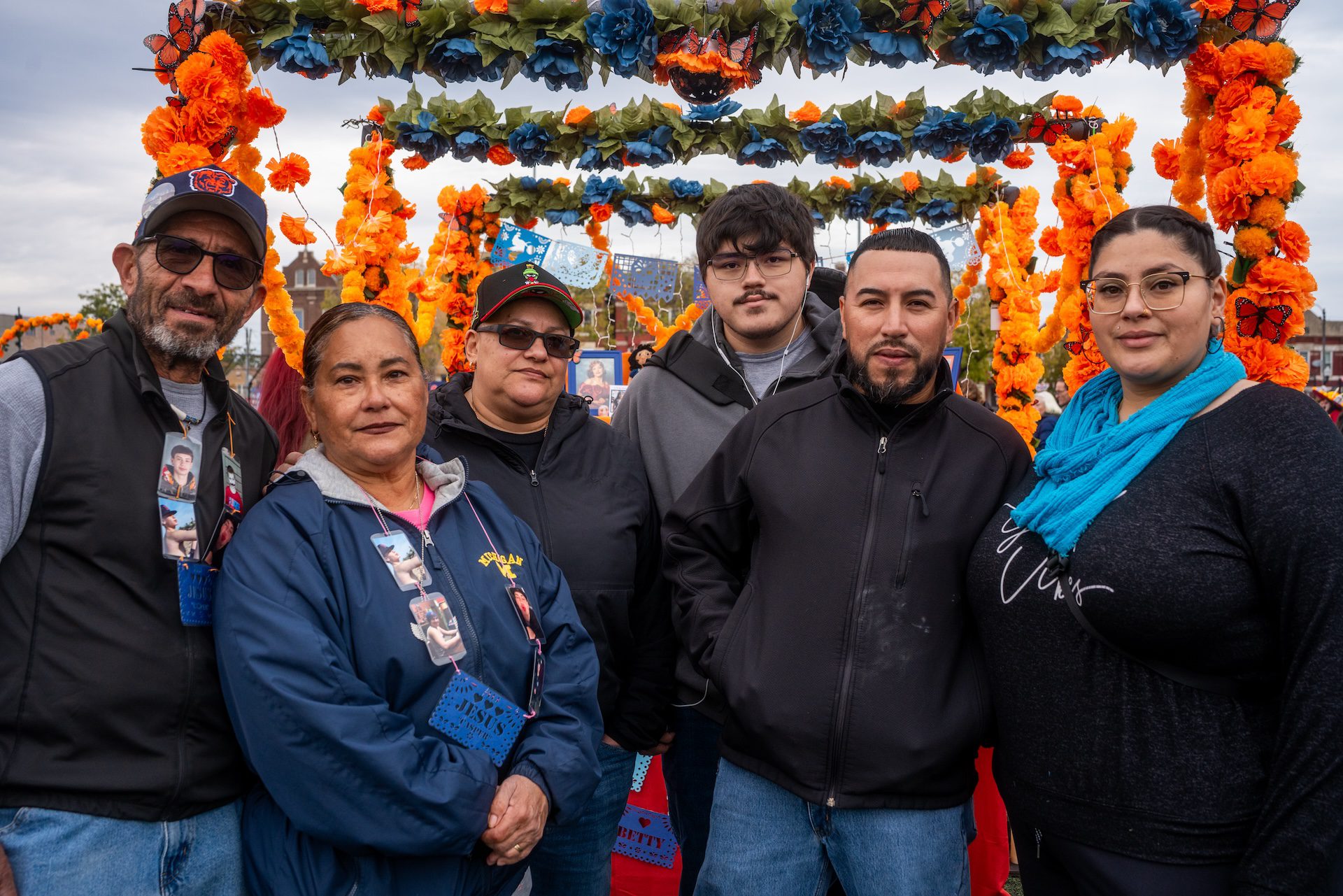

“It helps with the pain. It doesn’t make it go away, it doesn’t make it hurt any less, but it helps us because we remember him. We’re honoring him. ”

Yolanda Judeh: Representing “a community diaspora”


“Día de los Muertos is about confronting death, not being afraid of it. Us as Palestinians, every time something bad happens, we say ‘Alhamdulillah –thank God–’ because no matter what, we are still happy.”
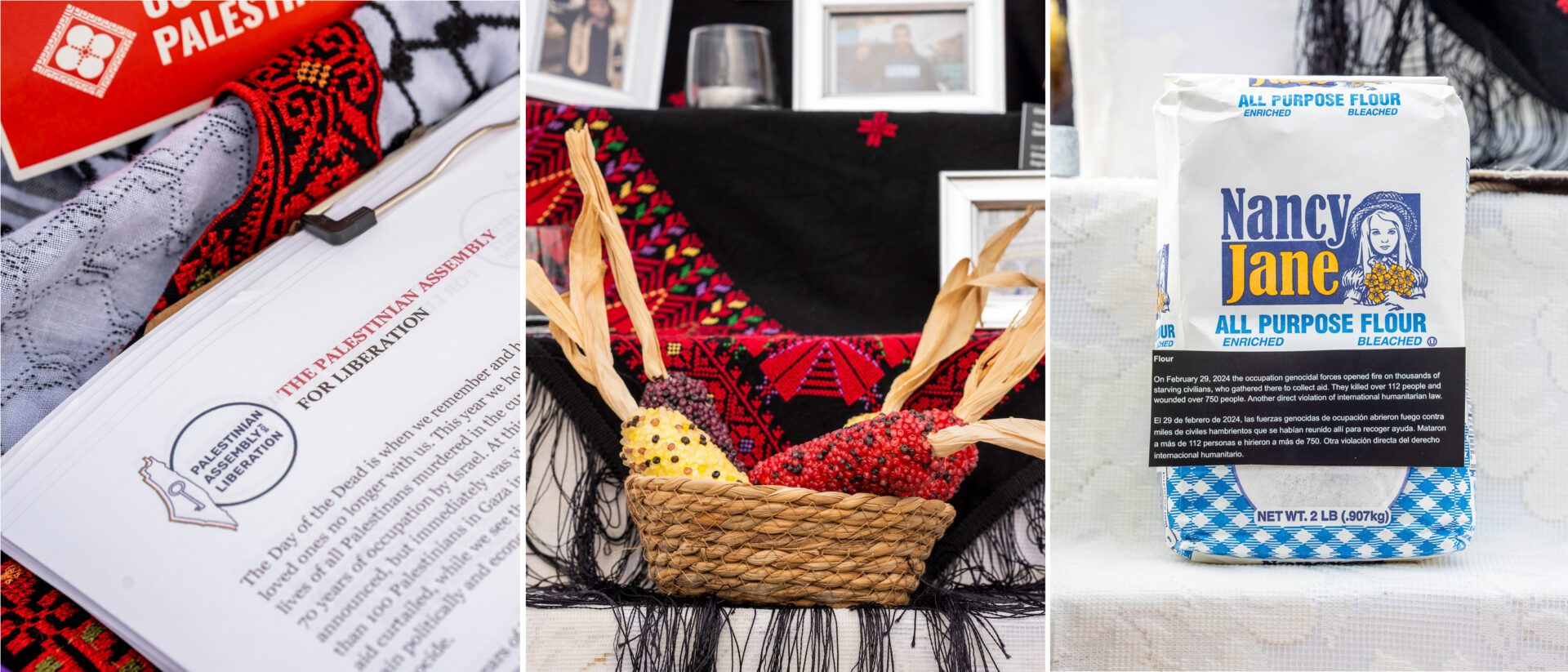
Jessica Zapata: Sharing traditions with the community

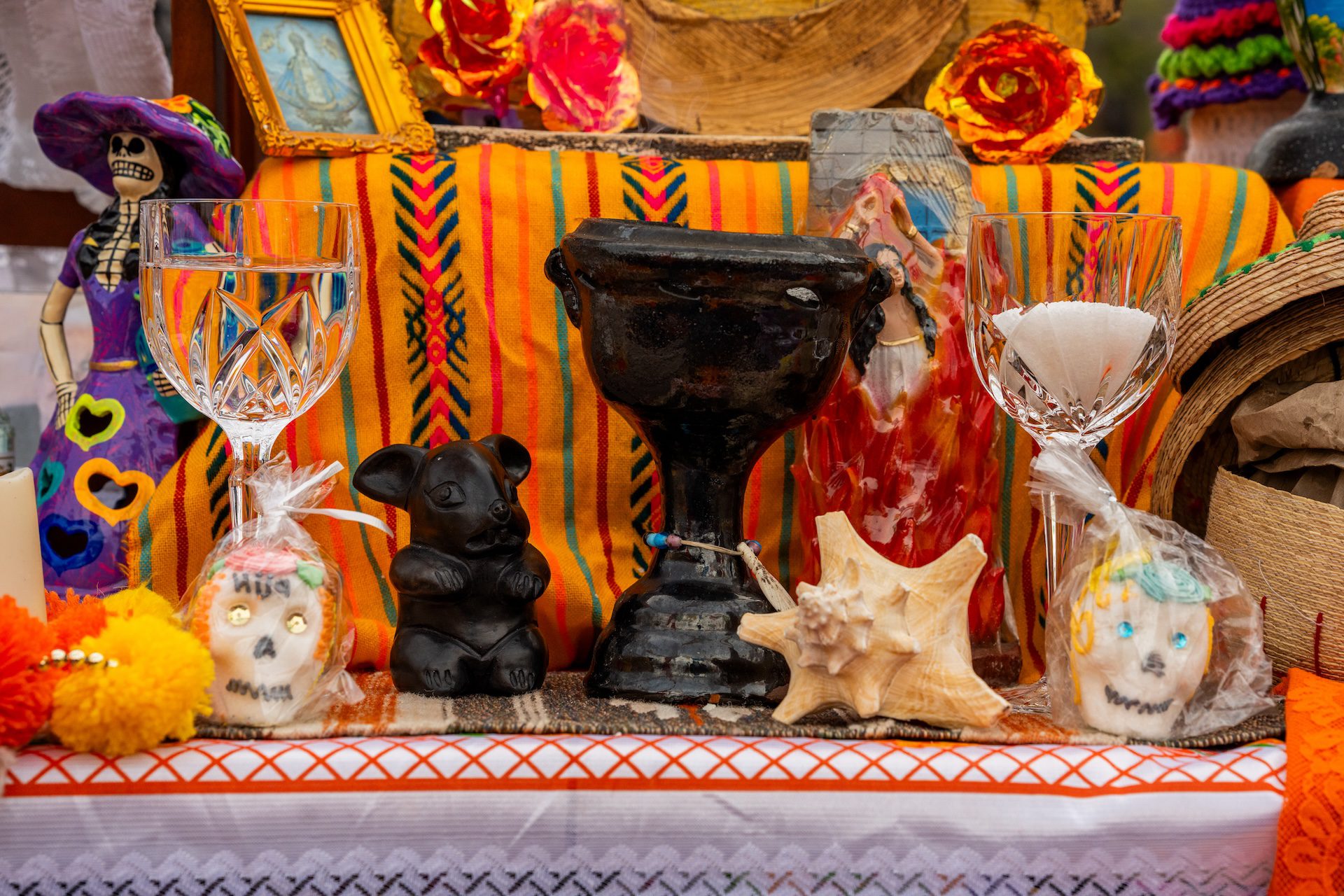
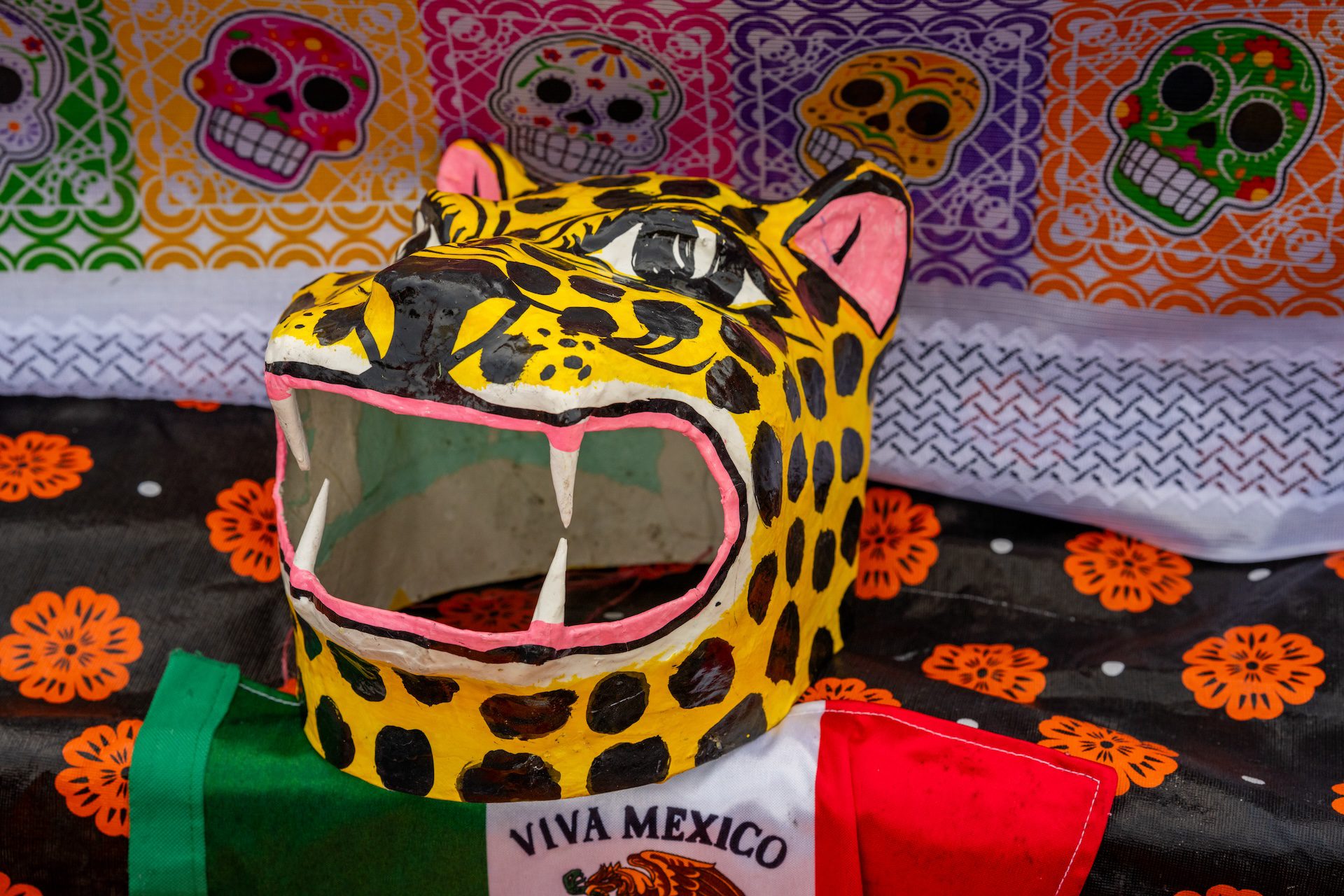
“Some of my family no longer participates in this tradition, and it makes me sad because I don’t want to lose it. These last two years I’ve tried to enlist my kids and anyone else who may want to help to take part in doing this with me so we can keep it going.”
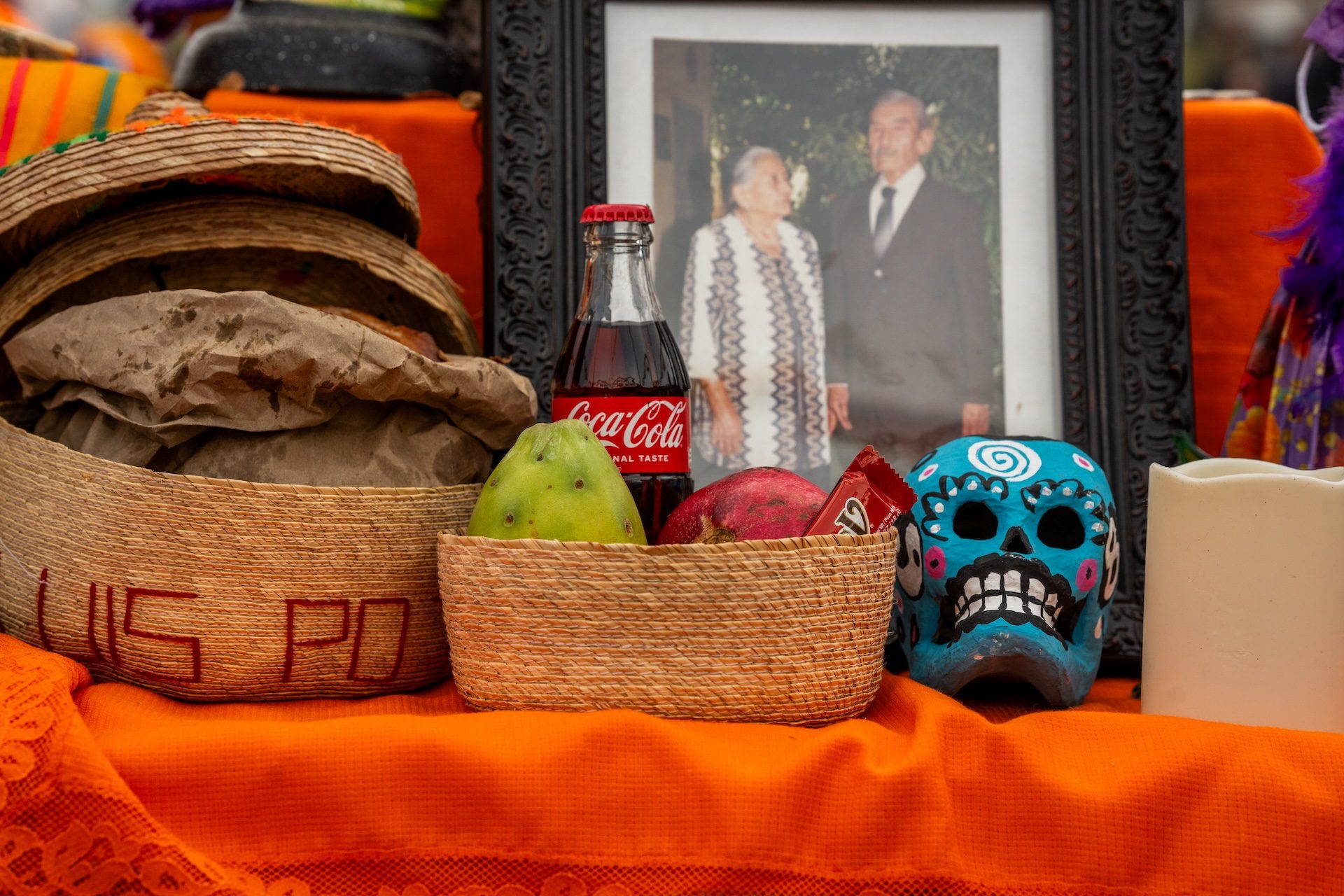
Camilla Forte is a CatchLight fellow and Report for America Corps Member covering immigrant communities for Borderless Magazine. Email Camilla at [email protected].

